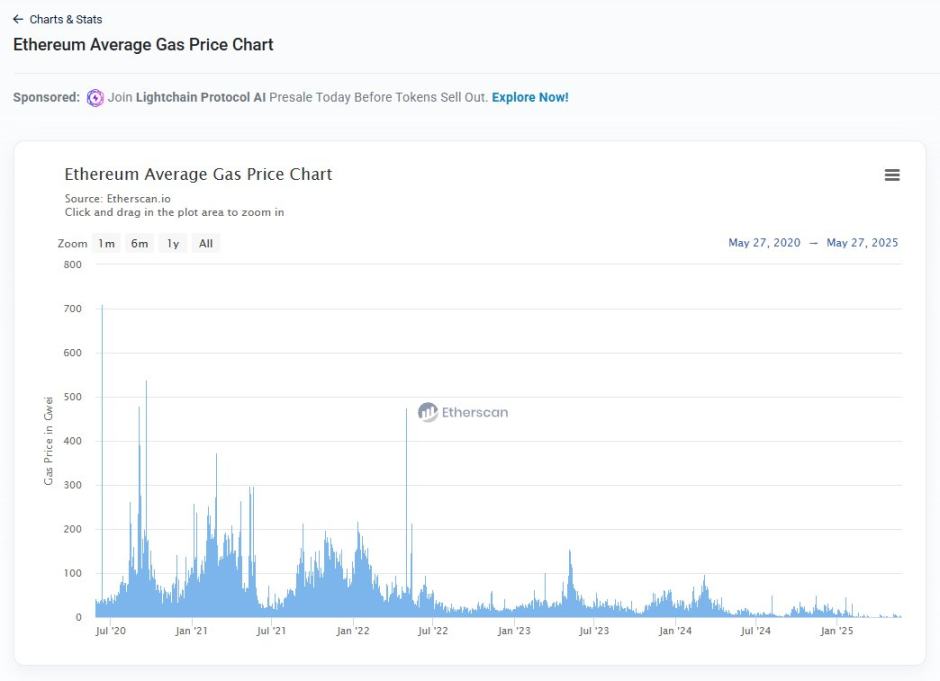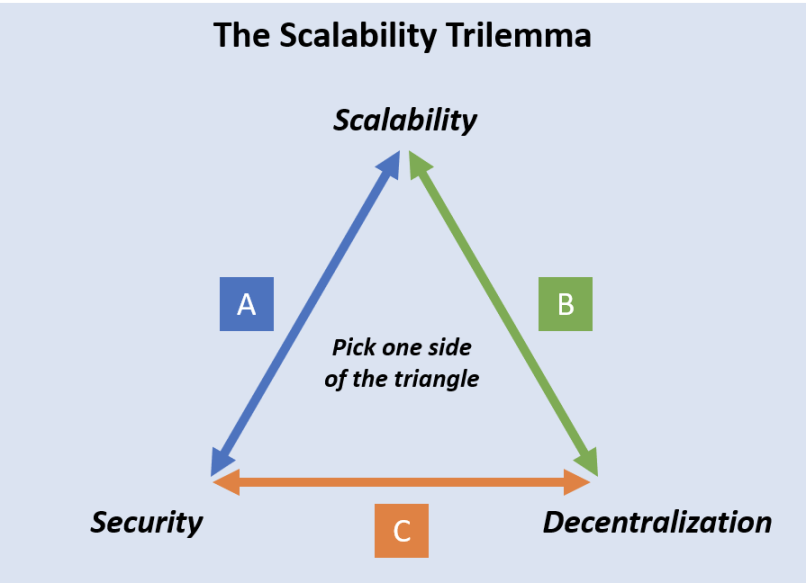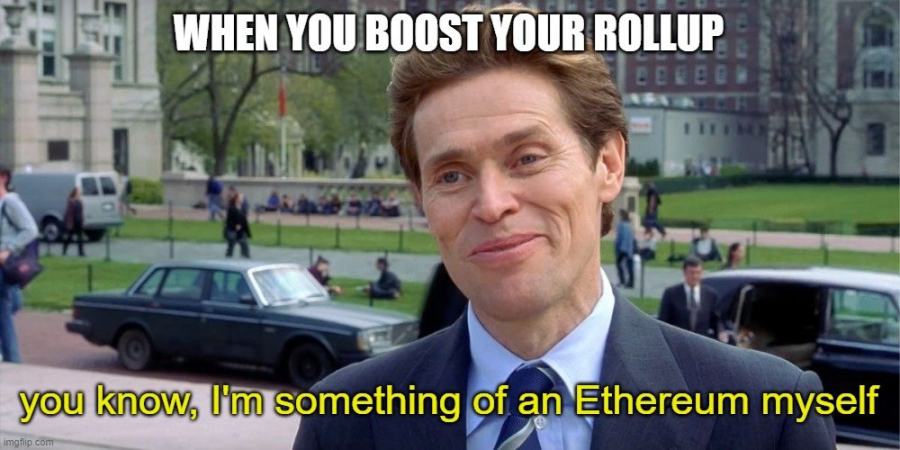How does Based-Rollup reconstruct the L2 power structure?
Judging from the current results, after the gas fee of the Ethereum L1 mainnet has dropped to the lowest in 5 years, many projects feel that it seems that it is not impossible to deploy in L1, so many people will ask, what core problem is L2 solving now?

There's an age-old topic called the impossible triangle of blockchains, which, according to Vitalik, is the only choice between security, decentralization, and scalability.
Going back to the technical essentials, this is what L2 is supposed to solve:
First, the state summary is placed on L1 and is maintained by the mainnet [security];
Second, try to keep the sequencer as decentralized as possible;
Finally, scalability is achieved by L2 as cleverly as possible off-chain.

Different L2 solutions have their own advantages, and everyone is familiar with OP series rollups and ZK series rollups. Today I want to talk about something different, such as Based-Rollup.
The Based L2 solution was also proposed by V God first, and L2 for example, Taiko has been pushing the Based Rollup idea.
PS: Note that it is Based, which has nothing to do with Coinbase's Base, which is also OP-based.
As we all know, a standard OP system is an L2 system, and the sequencer has a lot of power, it can decide who trades first and who trades last, and can profit from MEV even if it is not evil. That's why Metis, for example, proposes a decentralized sequencer.
Different L2s also have different approaches to MEV: Arb, for example, advocates fair treatment of MEVs (strictly on a first-come, first-served basis), while OPs are more encouraging, believing that MEVs are free market practices and therefore taxing MEVs. Either way, the L2 sequencer is in a position where it stands out.
So Based-Rollup chooses to swing the knife at the sequencer - its idea is to directly let ETH L1 do the sorting, so as to limit the power of the L2 sequencer.
To quote a diagram from @taikoxyz documentation:

As you can see, it's a three-step process:
In the first step, the L2 searcher packages the L2 transaction and sends it to the L2 block builder.
In the second step, the L2 block builder builds the block;
In the third step, L1 searchers include the L2 block in the block they built in L1.
And here the L1 searcher and the L2 builder it can be the same person.
In fact, there is redundancy in the device performance of L1 searchers, and there is no pressure at all to build an extra Taiko L2 block.
To use an inappropriate analogy, if ETH and L2 are compared to the relationship between provinces and cities, then the idea of the Based Rollup is to have the mayor (L2 builder) also serve as the deputy governor (L1 searcher), which actually uses L1 resources to protect L2 security.
Taiko has been from TGE for exactly a whole year now, and Token Unlock is about to start, so Taiko has also brewed a new idea called Based Booster Rollup/BBR for a year.

The idea that Booster Rollup can also be used as a mirror image of L1 is also interesting, but due to space constraints, the analysis of Booster Rollup will be expanded on in the next article.
